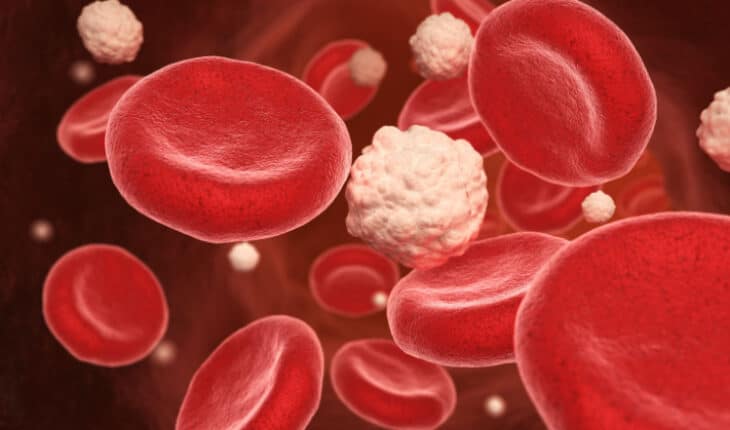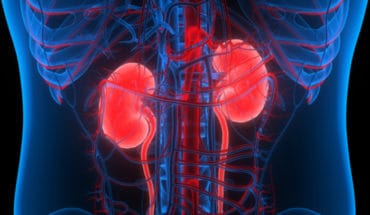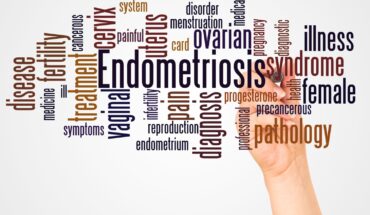New insights into how organs communicate to control blood glucose levels – which may open future possibilities for treating diabetes and other diseases – have been revealed by University of Melbourne-led research.
Published in Nature Metabolism, the research investigated how organs within the body communicate to control blood glucose levels in healthy mice and mice with pre-diabetes.
The research has shed new light on so-called ‘messengers’ in the body, known as extracellular vesicles (EVs) which are secreted from cells.
Professor Matthew Watt, head of the Department of Anatomy and Physiology in the School of Biomedical Sciences at the University of Melbourne, said little is known about these messengers, including how they are secreted and how their messages are decoded.
“What we have found is that the liver secretes extracellular vesicles (EVs) in response to increases in glucose in the blood, so for example, after a big meal,” Professor Watt said.
“In turn, these liver EVs communicate with skeletal muscle to increase the clearance of glucose from the blood and with the pancreas to increase insulin secretion.
“These two events restore blood glucose to normal levels very quickly. We further show that injection of liver EVs into obese mice with pre-diabetes results in a very rapid and tremendous blood glucose lowering effect, better than what we see with other current blood glucose lowering medications.”
It highlights the need for more research into this field, to understand how this ‘communiation system’ is impacted in people with Type 2 diabetes.
Dr Paula Miotto, lead author and NHMRC fellow within the Department of Anatomy and Physiology, said: “It is possible that if we can produce these EVs or recapitulate their actions through other means, we may have a way to lower blood glucose in hyperglycemic states such as diabetes.”
The research was conducted by a team of scientists from the University of Melbourne, Monash University, St. Vincent’s Institute and La Trobe University.
The work was supported by funding from the National Health and Medical Research Council (NHMRC) and Diabetes Australia.
- New lipid-based pathway discovered as key to memory formation - 25th June 2025
- Crucial link could explain how Alzheimer’s takes hold - 25th June 2025
- Understanding Your Mind Can Improve Daily Life - 25th June 2025







